I have a string within a cell and I am trying to bold certain parts of that string. I have my code setup so each case is a line within that cell.
The first cell is what I am starting out with, and the one below it is what I am trying to do. Below is my code on what I have so far.
Sub test()
For Each cel In Range("A1:A" & Cells(Rows.Count, 1).End(xlUp).Row)
Dim arr, line As Long, pos As Long, txt, length, dashPos
arr = Split(cel.Value, Chr(10)) ' Spliting cell contents by newline character
pos = 1
For line = 1 To UBound(arr) + 1
txt = arr(line - 1)
length = Len(txt)
'check which line we're on...
Select Case line
Case 4: 'Underline on line 4
cel.Characters(pos, length).Font.Underline = True
Case 5: 'Bold the team players
Case 6: 'Underline on line 6
cel.Characters(pos, length).Font.Underline = True
End Select
pos = pos + Len(txt) + 1 'start position for next line
Next line
Next cel
End Sub


